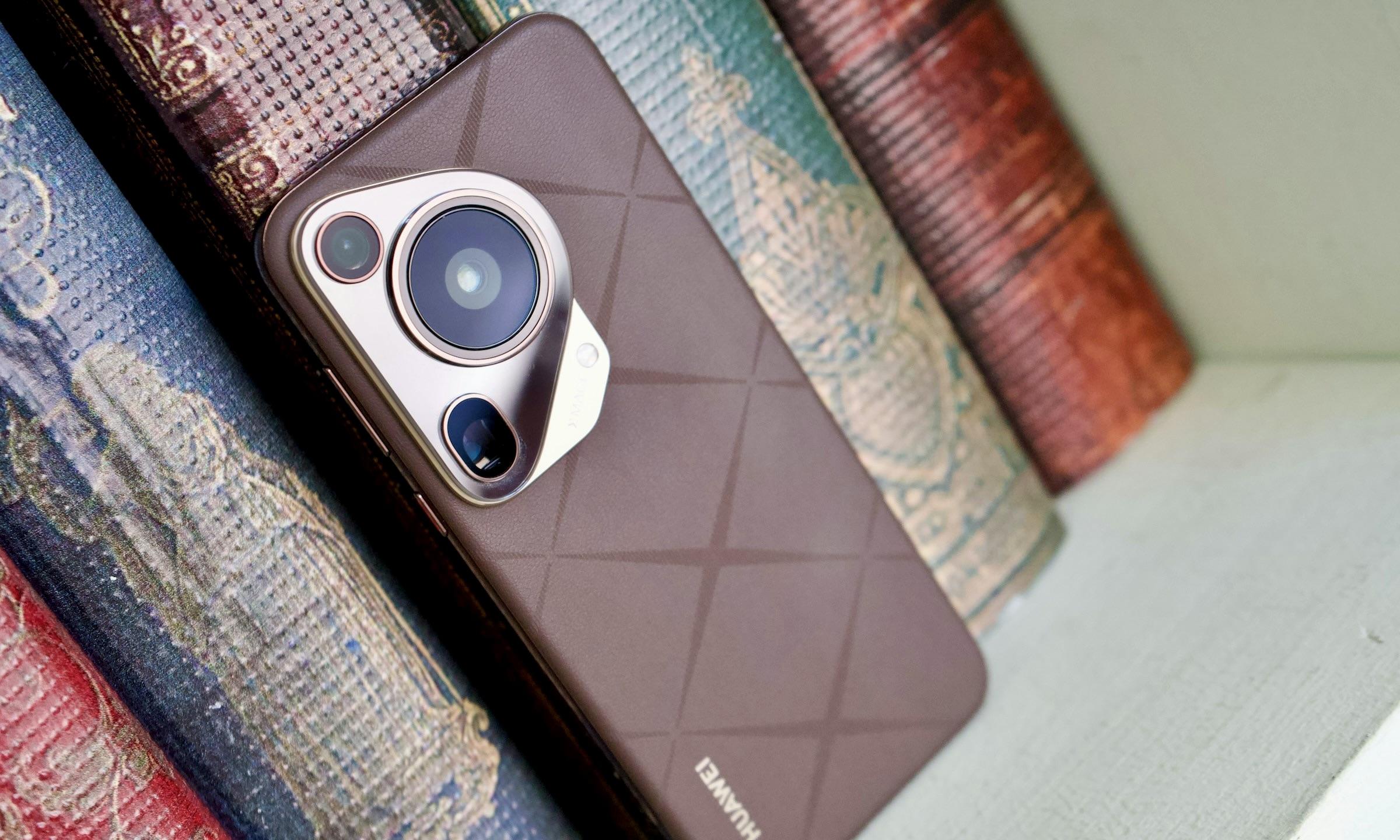Huawei’s Mate 70 Series is set to utilize SMIC’s ‘N+3’ node, offering higher density than the Kirin 9010 while skipping the 5nm chipset.
Theories Around SMIC's 5nm Technique for Huawei’s Mate 70 Series
WCCFTECH reports that the Kirin 9000S, which let Huawei evade the US trade ban, was mass-produced using SMIC's 7nm (N+2) technology. The Kirin 9010, included in the Pura 70 series, continues the company's upward trajectory.
Various theories have circulated around the Mate 70 series, with some speculating that the erstwhile Chinese powerhouse would employ SMIC's 5nm technique, which the semiconductor maker supposedly perfected.
Huawei’s Next Kirin SoC to Use SMIC's ‘N+3’ Process
But there's a catch: according to one report, Huawei is planning to mass-produce the next Kirin system on a chip (SoC) for the Mate 70 series using SMIC's N+3 process, which boasts a higher density than the N+2 model.
Rumor has it that the Kirin 9100 will stay at 7 nm and that the Mate 70 series will not upgrade to SMIC's 5 nm process.
Even though it's terrible to hear, Huawei probably had good reasons to make this decision (if it hasn't already). There will be high production costs and low yields when using outdated DUV apparatus to mass produce 5nm wafers instead of EUV equipment.
Simply put, the 5nm wafers manufactured by SMIC will be extremely costly, and Huawei likely feels that these costs are too high to warrant utilizing this technology in their smartphone chipsets.
Kirin 9100's Potential With SMIC's ‘N+3’ Node
Despite this setback, the Kirin 9100 could still be manufactured using the 7nm process and boast a better density than the Kirin 9010 and the Kirin 9000S if it uses the N+3 node.
With more transistors, the Kirin 9100 will have better "performance per watt" and be more power efficient thanks to this upgrade.
Expanded Use of SMIC's ‘N+3’ Technology Beyond Mate 70 Series
The Mate 70 family's next chipset isn't the only ARM-based device that rumor has it that Huawei is testing with the same N+3 technology.
With the arrival of TSMC's first generation of 3nm 'N3E' chipsets later this year, including the Snapdragon 8 Gen 4, Dimensity 9400, and Apple's A18, Huawei may fail to close the performance gap quickly enough in terms of lithography.



 Texas App Store Age Verification Law Blocked by Federal Judge in First Amendment Ruling
Texas App Store Age Verification Law Blocked by Federal Judge in First Amendment Ruling  Moore Threads Unveils New GPUs, Fuels Optimism Around China’s AI Chip Ambitions
Moore Threads Unveils New GPUs, Fuels Optimism Around China’s AI Chip Ambitions  ByteDance Plans Massive AI Investment in 2026 to Close Gap With U.S. Tech Giants
ByteDance Plans Massive AI Investment in 2026 to Close Gap With U.S. Tech Giants  California Regulator Probes Waymo Robotaxi Stalls During San Francisco Power Outage
California Regulator Probes Waymo Robotaxi Stalls During San Francisco Power Outage  BP Nears $10 Billion Castrol Stake Sale to Stonepeak
BP Nears $10 Billion Castrol Stake Sale to Stonepeak  SpaceX Begins IPO Preparations as Wall Street Banks Line Up for Advisory Roles
SpaceX Begins IPO Preparations as Wall Street Banks Line Up for Advisory Roles  OpenAI Explores Massive Funding Round at $750 Billion Valuation
OpenAI Explores Massive Funding Round at $750 Billion Valuation  SpaceX Insider Share Sale Values Company Near $800 Billion Amid IPO Speculation
SpaceX Insider Share Sale Values Company Near $800 Billion Amid IPO Speculation  SUPERFORTUNE Launches AI-Powered Mobile App, Expanding Beyond Web3 Into $392 Billion Metaphysics Market
SUPERFORTUNE Launches AI-Powered Mobile App, Expanding Beyond Web3 Into $392 Billion Metaphysics Market  Biren Technology Targets Hong Kong IPO to Raise $300 Million Amid China’s AI Chip Push
Biren Technology Targets Hong Kong IPO to Raise $300 Million Amid China’s AI Chip Push  Boeing Wins $2.04B U.S. Air Force Contract for B-52 Engine Replacement Program
Boeing Wins $2.04B U.S. Air Force Contract for B-52 Engine Replacement Program  Nvidia Weighs Expanding H200 AI Chip Production as China Demand Surges
Nvidia Weighs Expanding H200 AI Chip Production as China Demand Surges  GLP-1 Weight Loss Pills Set to Reshape Food and Fast-Food Industry in 2025
GLP-1 Weight Loss Pills Set to Reshape Food and Fast-Food Industry in 2025  iRobot Files for Chapter 11 Bankruptcy Amid Rising Competition and Tariff Pressures
iRobot Files for Chapter 11 Bankruptcy Amid Rising Competition and Tariff Pressures  U.S. Lawmakers Urge Pentagon to Blacklist More Chinese Tech Firms Over Military Ties
U.S. Lawmakers Urge Pentagon to Blacklist More Chinese Tech Firms Over Military Ties  Micron Technology Forecasts Surge in Revenue and Earnings on AI-Driven Memory Demand
Micron Technology Forecasts Surge in Revenue and Earnings on AI-Driven Memory Demand  Hyundai Recalls Over 51,000 Vehicles in the U.S. Due to Fire Risk From Trailer Wiring Issue
Hyundai Recalls Over 51,000 Vehicles in the U.S. Due to Fire Risk From Trailer Wiring Issue 






























